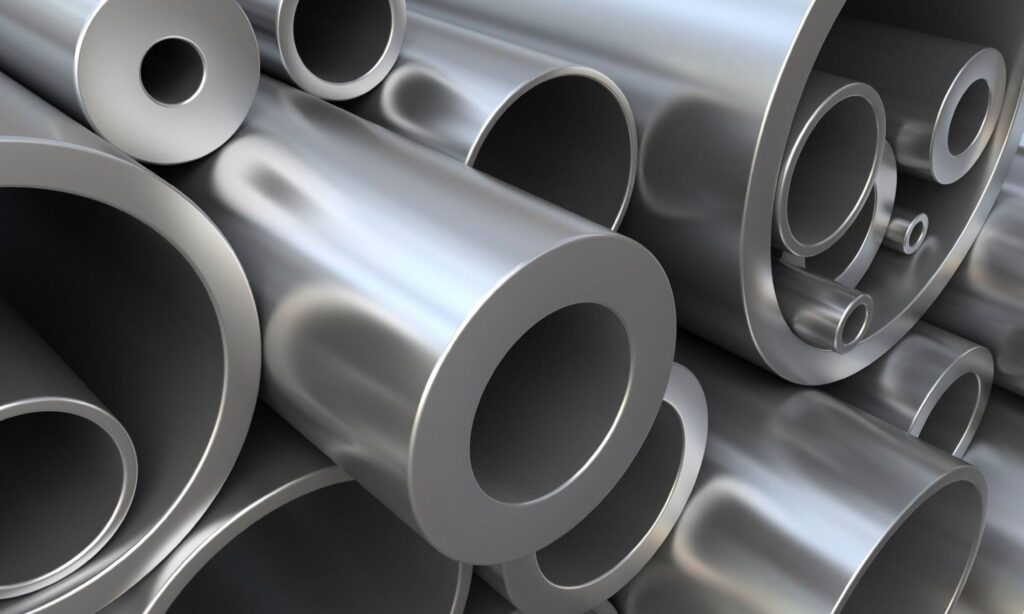When working with heavy machinery and infrastructure, you understand that solid stainless steel is crucial to the safety and strength of your products. Sometimes, you need to buy the strongest or most expensive steels, while other times you’re perfectly fit to choose a lower-quality grade. Read below to understand how to select the appropriate grade of stainless steel, based on your needs and industry concerns.
Friction/Wear and Tear
Consider if the stainless steel will be put under a lot of pressure and friction day after day. If so, you will need to prioritize stainless steel with high hardness and good wear resistance. This could be a 400-series grade, like the 440C since it contains a high level of carbon and a level between 16-18% chromium melted into the alloy to enhance durability and hardness. You could also opt for precipitation-hardened steel, like a 17-4 PH. This would be another good option for high-friction environments that demand wear resistance due to the process of precipitation hardening that involves a treatment of very high temperatures, rapid cooling, and subjecting the alloy to lower temperatures forming “precipitates” that create strong barriers between the molecules.
Corrosion resistance
Are you anticipating your stainless steel to be used around strong chemicals, liquids, or even just in outdoor conditions where the weather could affect it? If so, your focus should be on stainless steel grades that are corrosion-resistant. You might consider those in the 300-series, like a 316 which includes a small alloy percentage of molybdenum that is commonly used where chemicals and liquids come in contact. The 316 grade is often used in marine, medical, and food preparation environments. Another option is the 304, or the 18-8, which includes a protective layer created by the Chromium added to the alloy, which aids in preventing oxidation, making it popularly used to make household appliances and storage tanks.
Heat resistance
If you’re looking for stainless steel to withstand moderate to high-heat applications, like thermal cycling and power generation, you should ensure that your stainless steel grades are heat resistant and are built to safely handle extreme temperatures.
Ferritic stainless steel grades are often used in moderate heat environments such as exhausts and industrial furnaces because they contain a higher chromium level than most other grades, and can only be hardened by the cold rolling method, not heat treatment.
Another option to consider is austenitic stainless steel if you also need a level of corrosion resistance, as well as a bit more weldability than what a ferritic grade would offer you.
Conclusion
Many times, you have more than one priority that affects your choice of stainless steel grade which makes this decision more complicated. Our knowledgeable team at Crompion International is ready to help answer any specific questions you have about your stainless steel selection.







